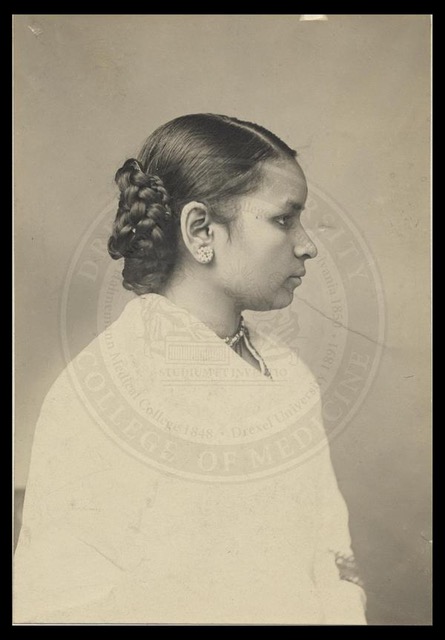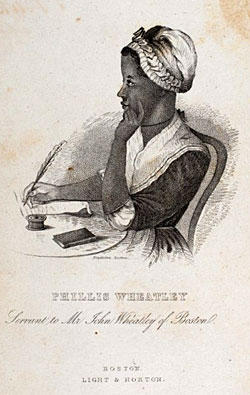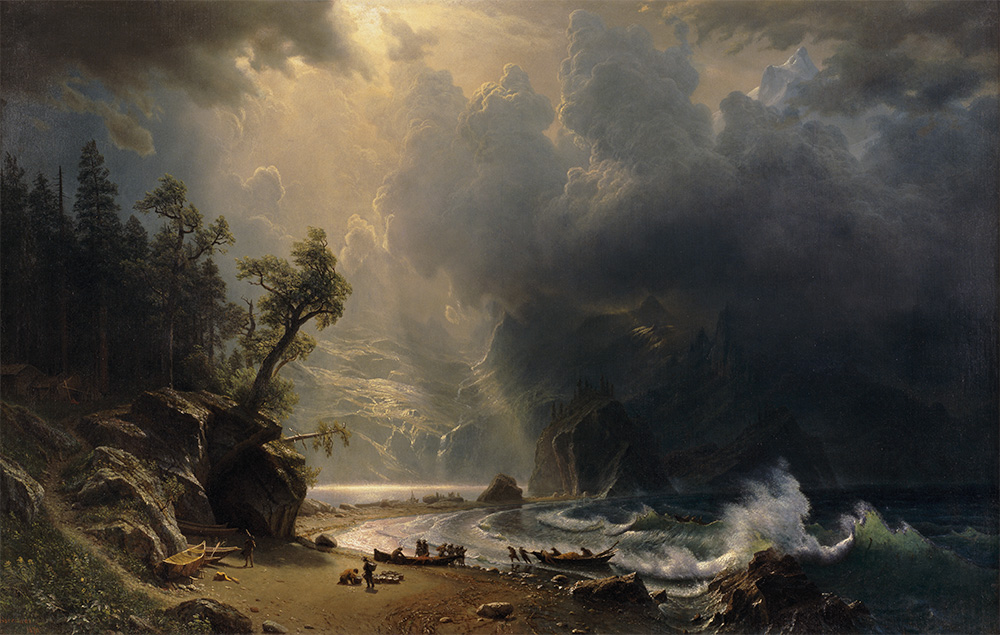The carte of all the coaſt of Virginia
To appease Fancy
I drew mythic beasts wallowing
In indulgent waters
But here everything is a myth alive,
The light that falls, Heavenly declaration,
Makes sweet earth Sovereign
& like the Picts of old
The people draw pictures on themselves
Ashamed not of nakedness—
Mapped from the eye of God
I meant to show it, the bow-shaped archipelago
Wokokan Croatoan, Paguiwac & Hatorask
Second-hand signs for tongues
Gone the way of runes—
That world, a book of wonder
Book of fright—
A Weroan or great Lorde of Virginia
Absolute symmetry of the body,
as “front” & “back.”
All the beauty of it.
No fact
Separate from the myth.
The birdfeather-plumed face
Half hides itself
In studying last year’s hunt
Unfolding on the plain below—
All the aiming & pursuing
Relives the past
Next to the river’s unpassing.
In the distance
The hunt is renewed.
All the hunters have drawn
Their bows
& the stag
Is leaping into the stag-sized trees
A cheiff Lorde of Roanoac
He has a natural dignity
& grace & needs nothing
To prove himself.
Adept at reading signs,
They need not our script.
This is a story
Of disappearance
Unaccompanied
By wonder.
What a wandering
In the black back-lit lines,
The empty white spaces.
The Marckes of Fundrye of the Chief mene of Virginia
They write marks on their backs
Signs by which they make
Known whose subjects they are
Alphabets made of arrows
With strange crossings—
The letters they carved into trees—
I willed them that if they happened
To be distressed they should carve
A cross over the letters
Every sign is a stranger now
No language have I left to speak
Of trees & men-bearing signs
Statement of Poetic Research
I first came across Thomas Harriot’s strange and wonderful account, A Briefe and True Report of the New Found Land of Virginia (1590), in the large, sepia-toned Dover edition—”The Complete 1590 Theodor de Bry Edition”—on the shelves of the university bookstore. It was a singular discovery. John White’s images—and the engravings that Theodor de Bry made of White’s work—capture the wonder of a sixteenth-century Elizabethan world encountering the “exoticism” of a very different New World civilization. While the intense realism of White’s work, almost dreamlike in its detailed rendering of the ordinary life of the Algonkians, first riveted me, I was ultimately drawn to the unknown questions surrounding John White’s work—who was he? Under what circumstances did he meet the Algonkians? What is the story of the individuals he represented? What became of his story? While I followed the story of his life and times (Lee Miller’s Roanoke was especially memorable), the historical record does not provide answers to these questions: gaps and blanks define his story. For me, poetry’s strength is not in laying out an historical record with a fully-realized narrative. Instead, it excels at thinking about gaps and silences—it excels, in other words, in registering a sense of the immediacy of experience, its felt richness, its always-already vanishing moment. In imaginatively engaging the past, poetry can interrogate the completeness of narrative, the completeness of our assumptions. Through its openness to multiple forms of intelligence, poetry can approach the silence of history and the specters who dwell there. Indeed, poetry has the power to give voice to some of their whisperings, however incomplete those transcriptions—translations—may be. John White is one of these voices.





















